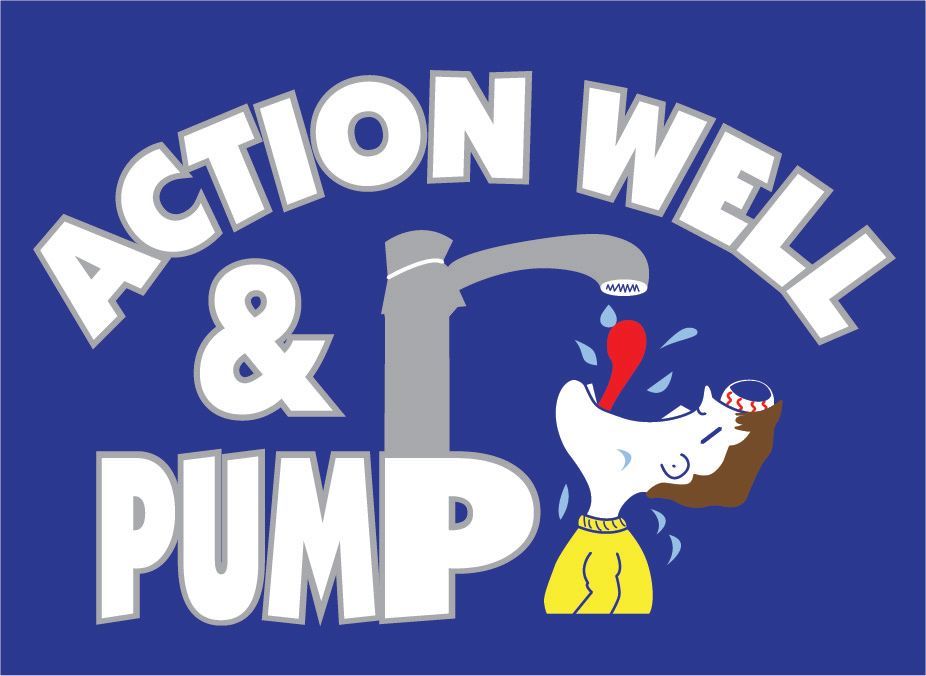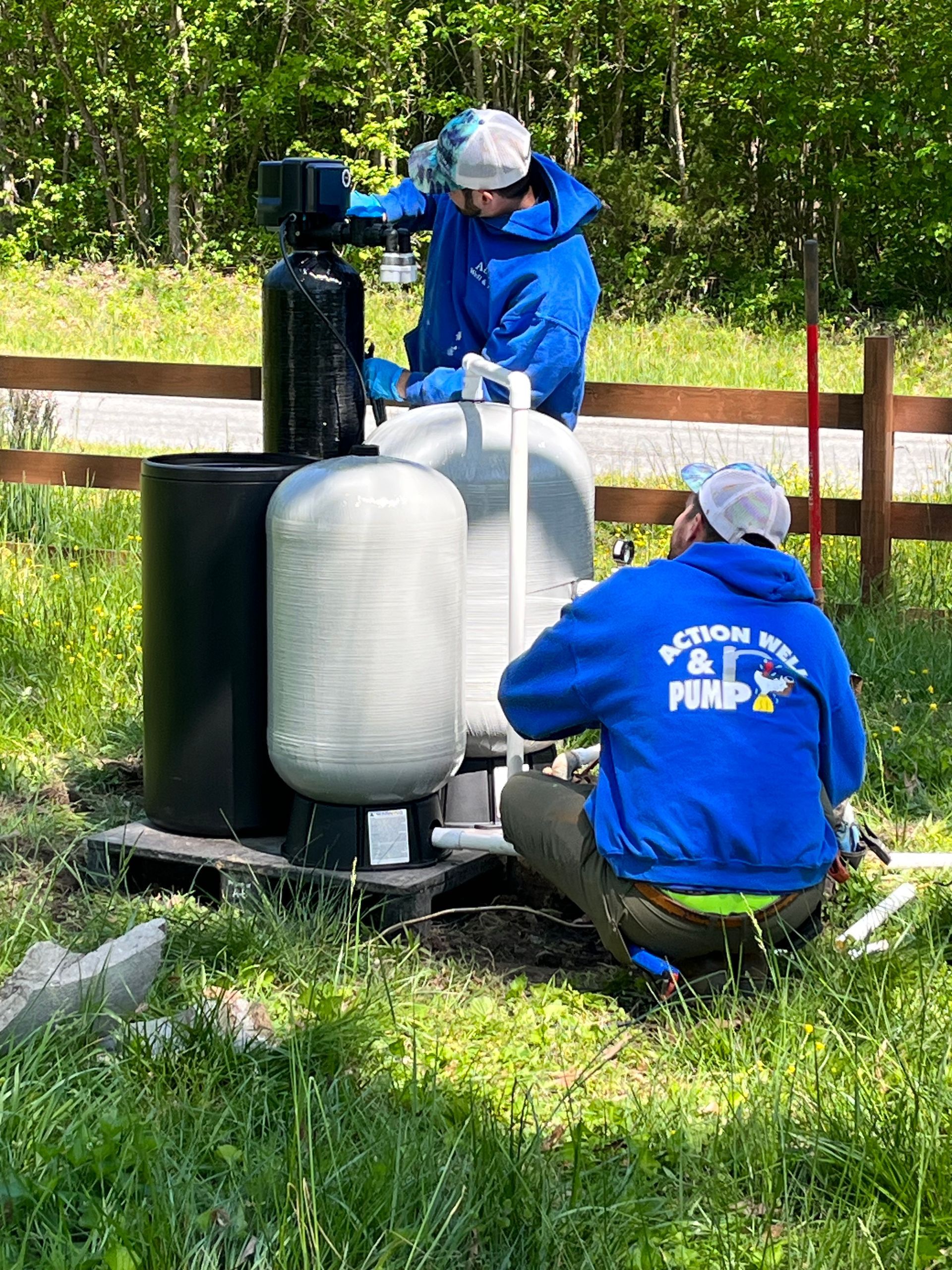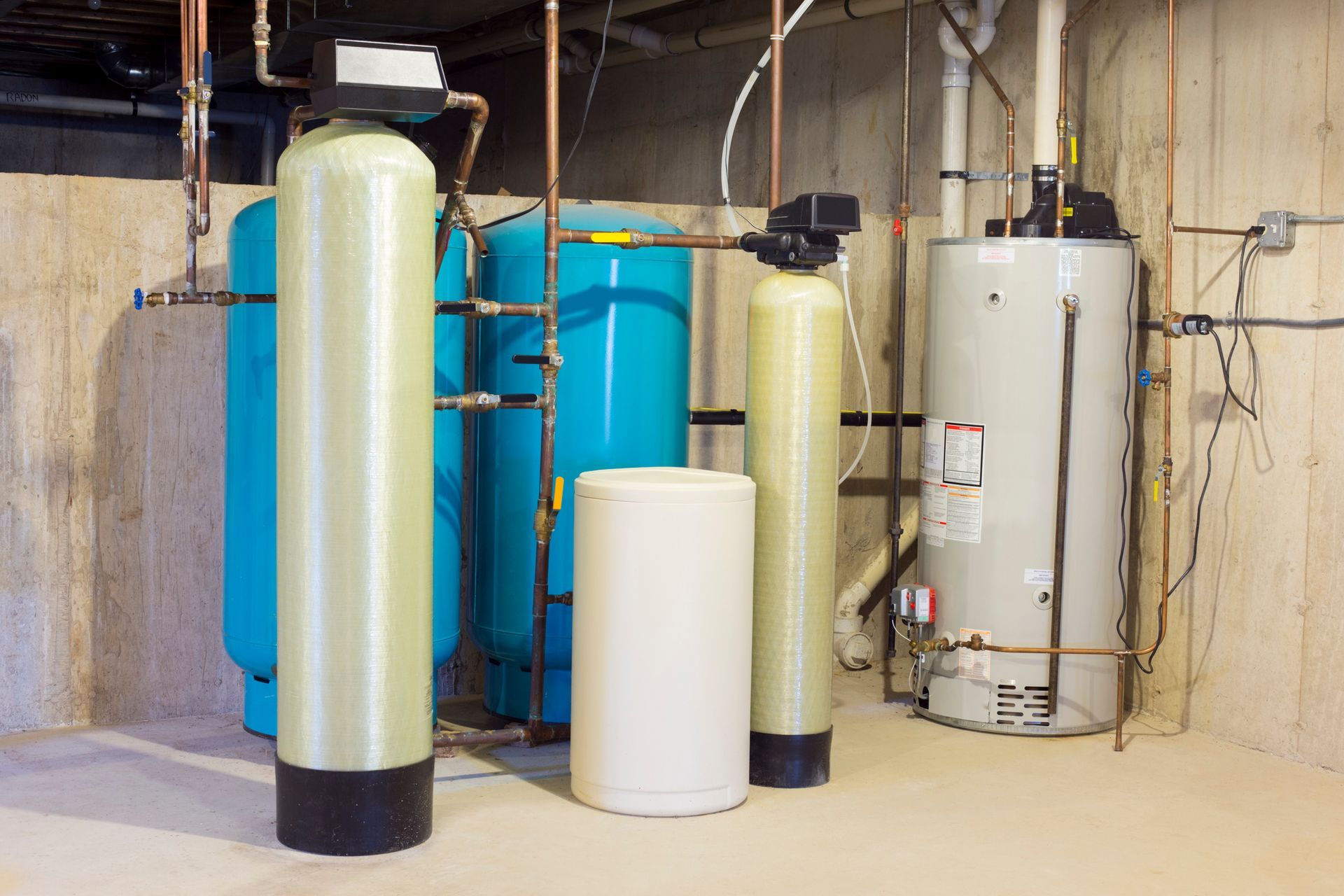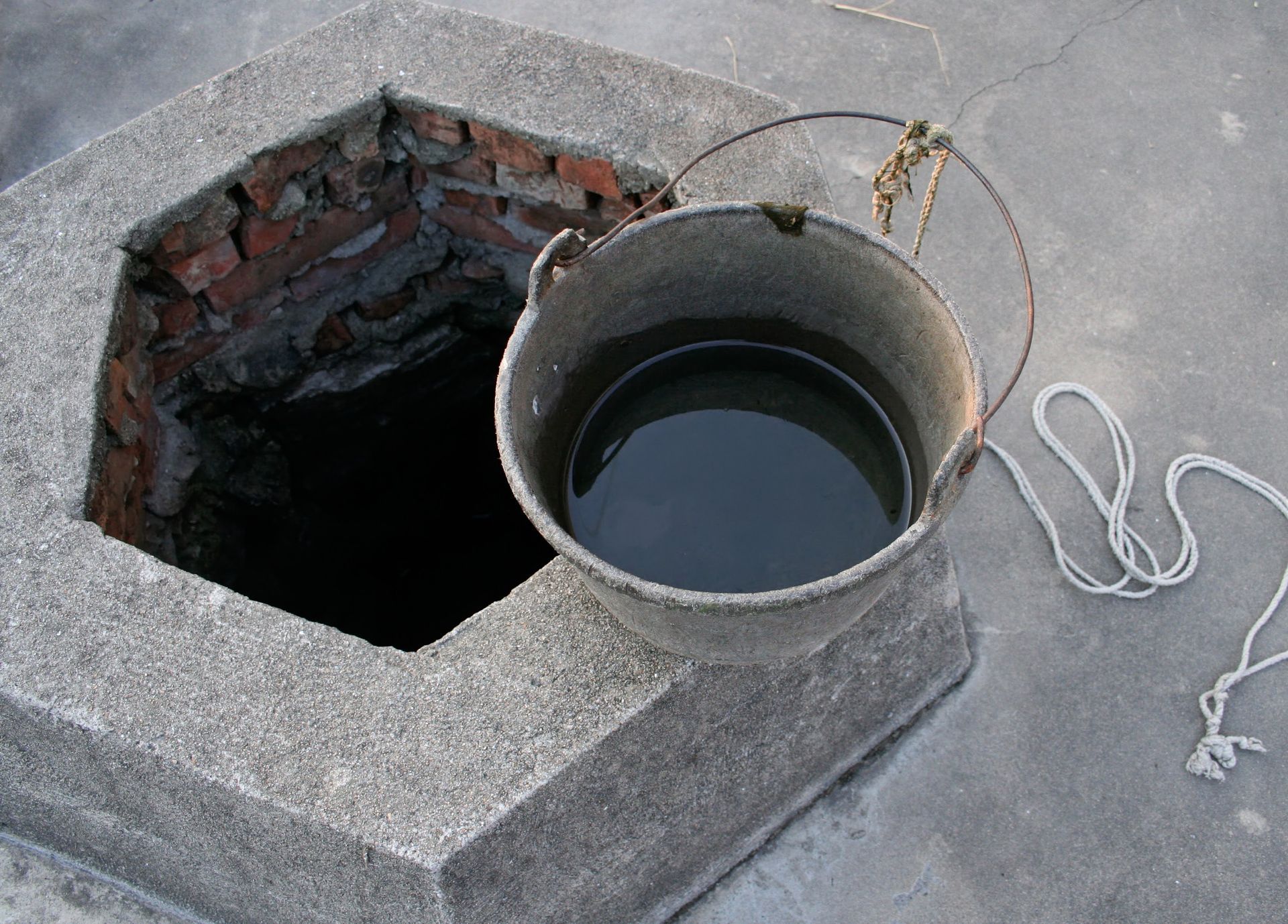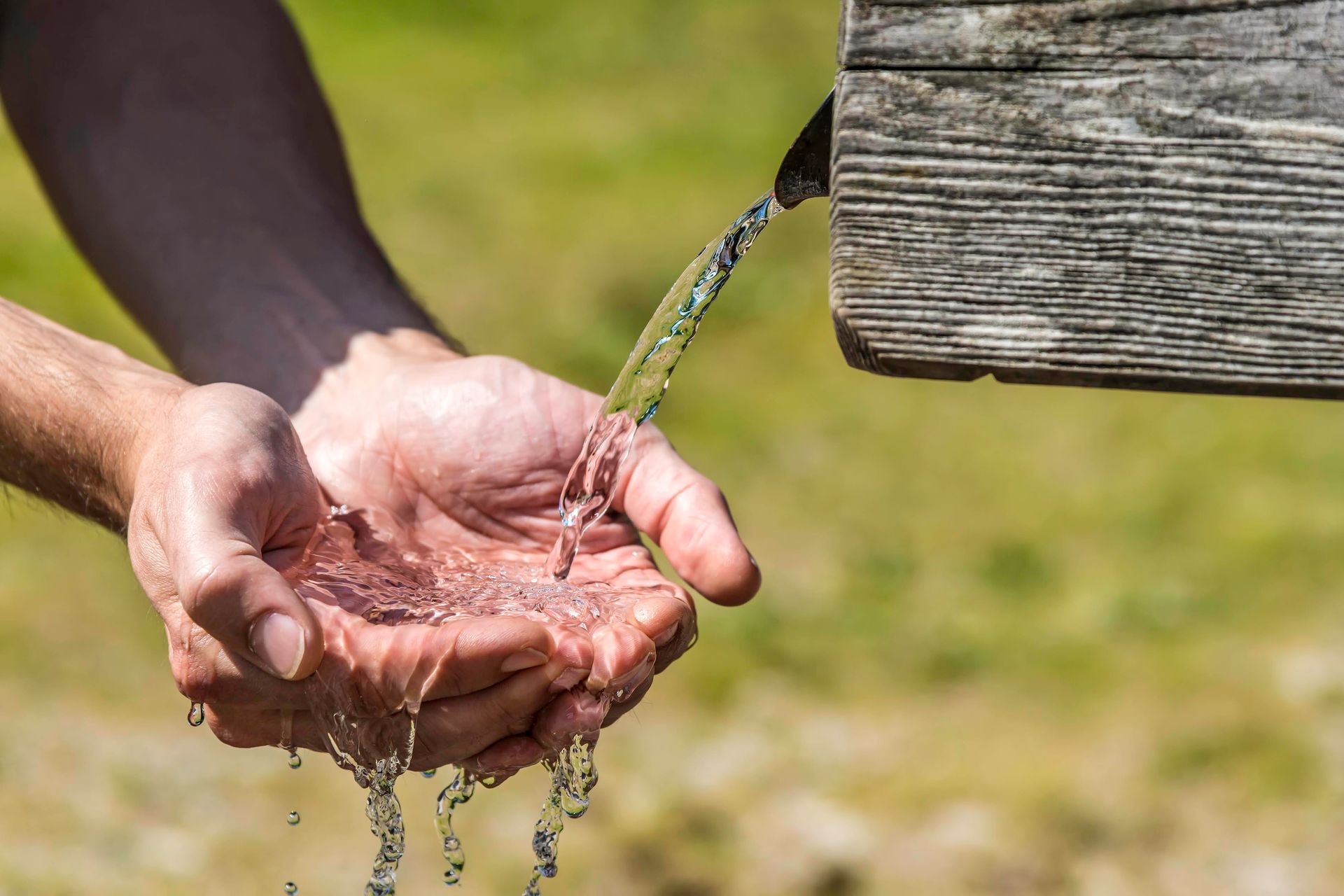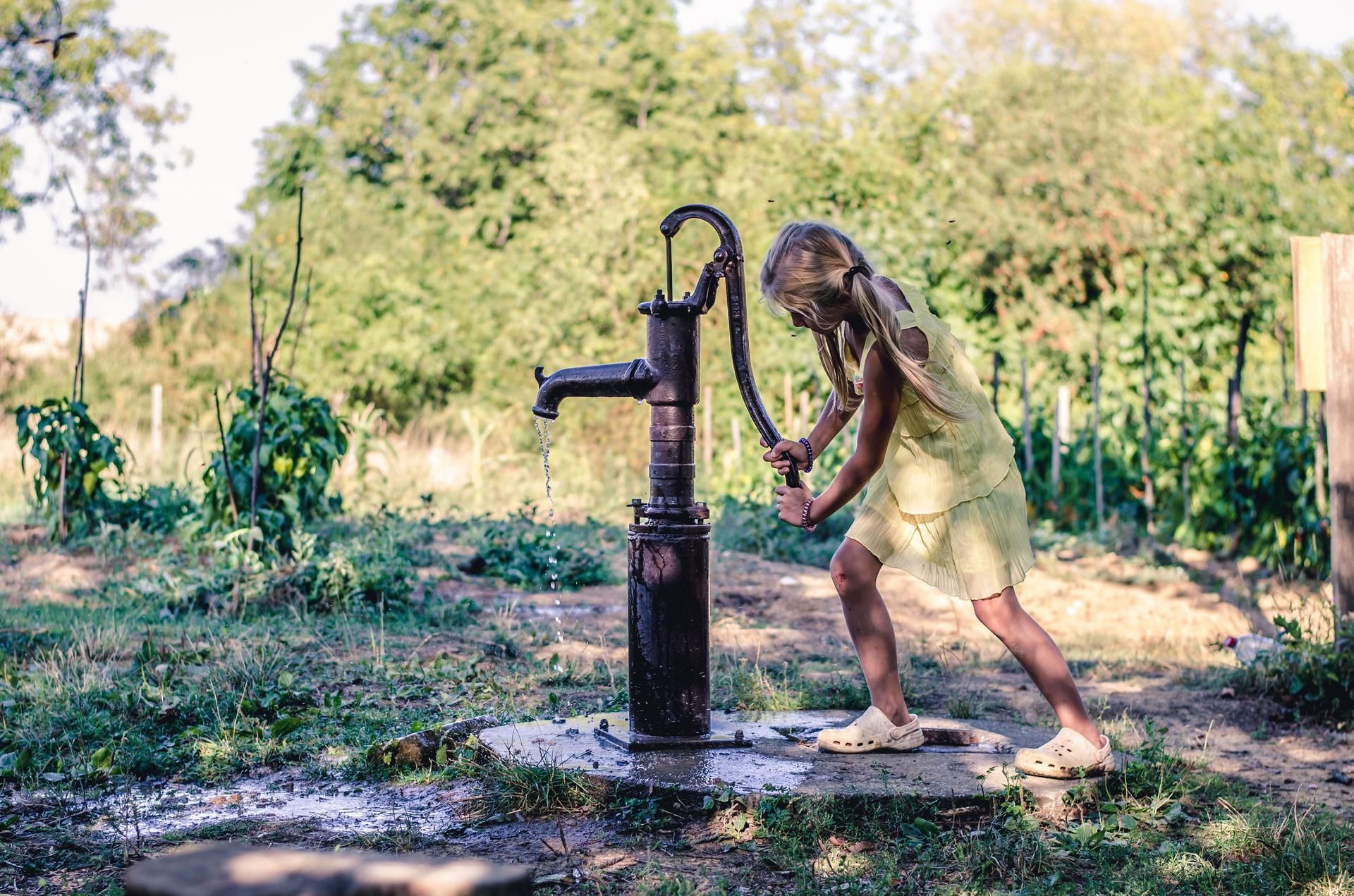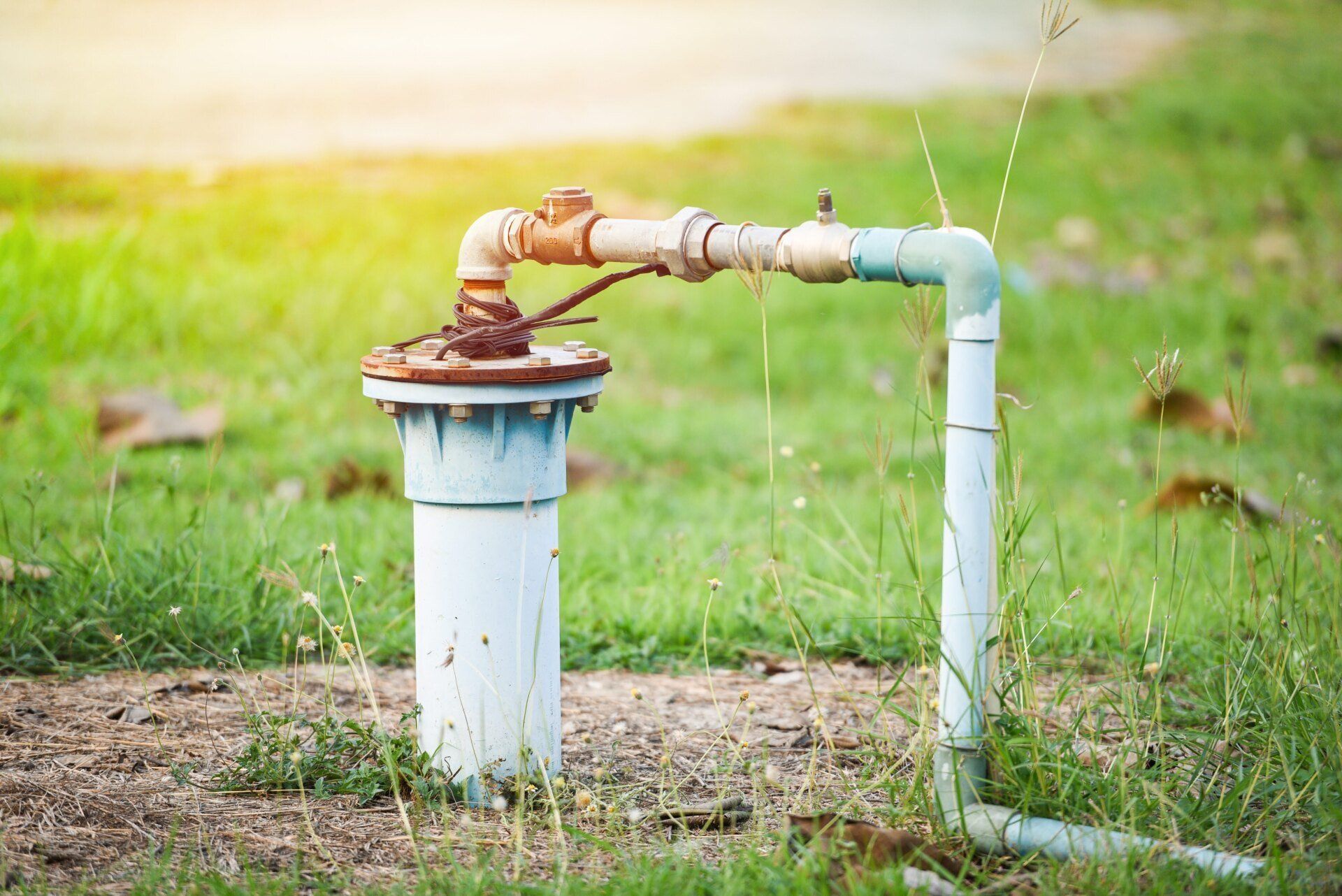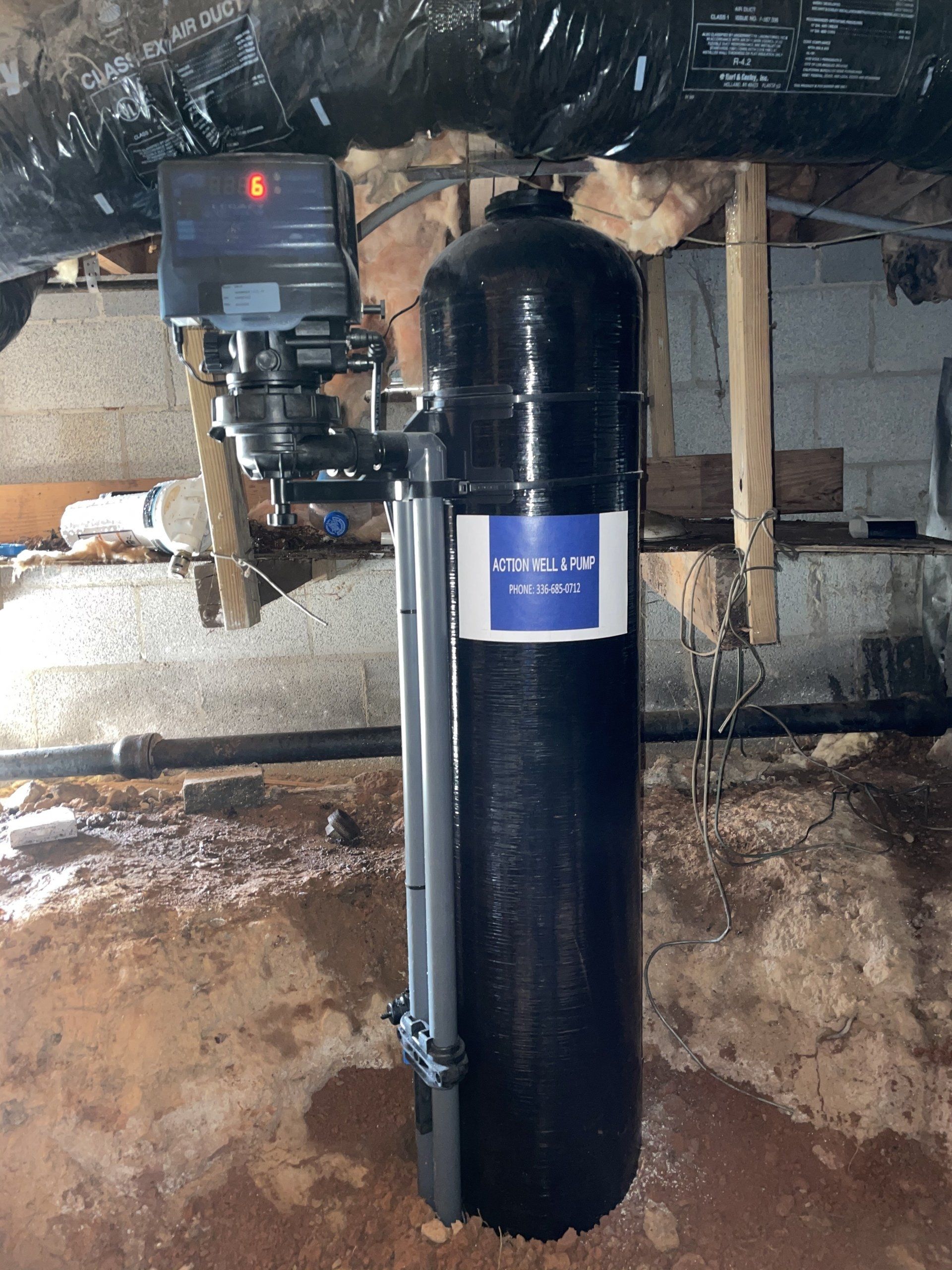3 Effective Tips for Preventive Well Maintenance
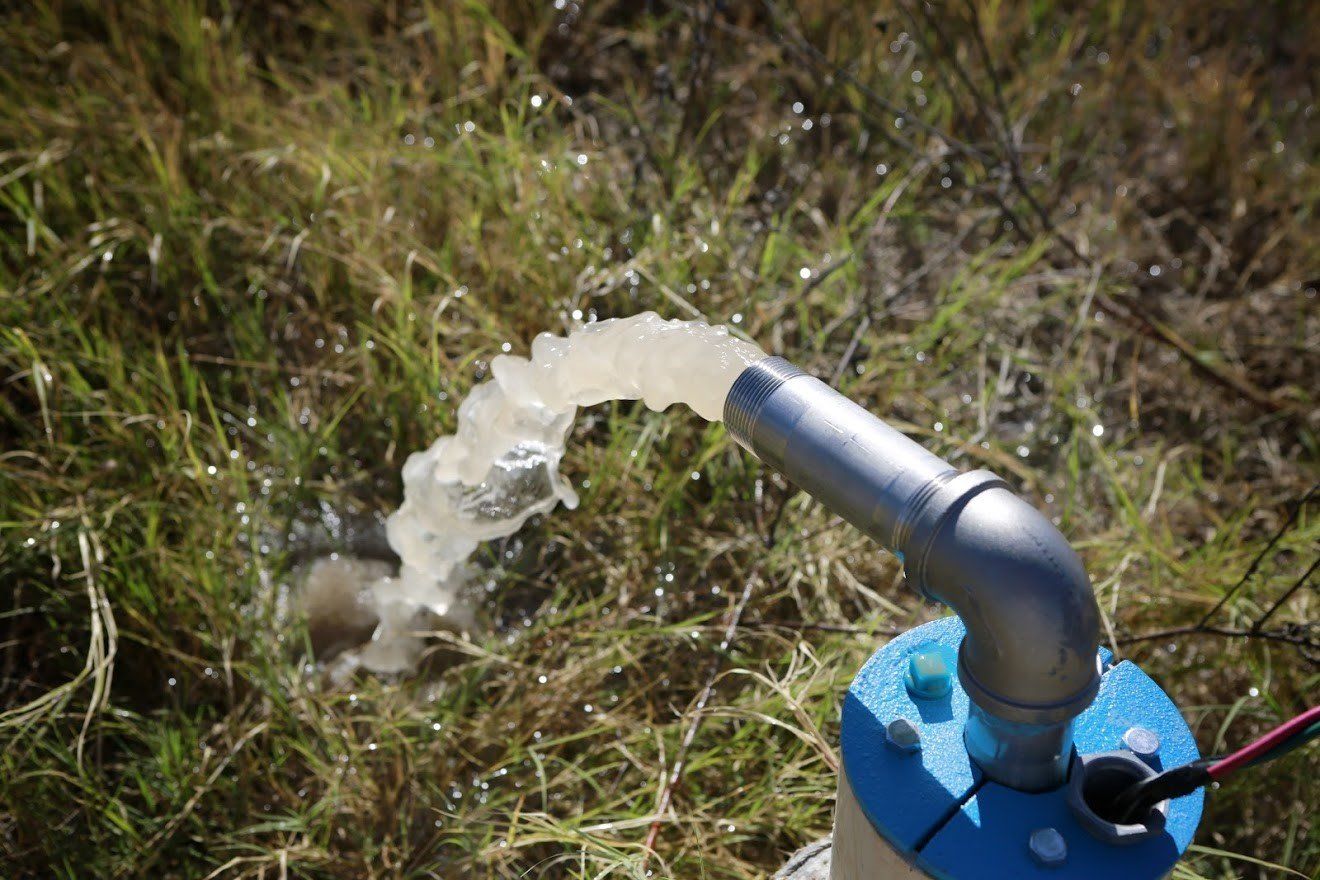
About 13 million households in the country rely on private wells for drinking water. Wells offer multiple benefits, including reliable water supply and access to natural unfiltered and better-tasting water than municipal supply.
Like any other critical installation in your home, a well system can fail due to mechanical issues or wear and tear due to age. Such issues compromise the quality and quantity of water you get. A failing well is also costly to maintain hence the need to identify any well problems early.
Preventive well maintenance guarantees maximum efficiency and longevity of the well. It also prevents costly breakdowns.
Here are some professional tips for effective well maintenance.
1. Proactively Look for Well Problems
You should be proactive in maintaining your well system by looking out for any emerging problems. Here are some tell-tale signs of well system problems to look out for:
- No water/low water pressure
- Sputtering water in faucets
- Muddy/cloudy water
- Increasing utility bill
- Gases in the water
- Foul smell in the water
- Metallic or poor taste in the well water
- Pressure switch problems
If you notice any of these well problems, contact a professional well contractor in your area for diagnostic tests, and repairs. When you repair these well problems early, you guarantee smooth flow of clean and safe water on your property.
2. Protect the Well System
Here are some simple things you can do to protect your water well as part of preventive maintenance:
- Keep hazardous materials and chemicals away from the well
- Ensure the well cap fits well and is in the best shape
- Separate your well from the rest of the buildings on your property
- For landscaping purposes, ensure the well cap is at least one foot off the ground.
- Take precautions whenever you work around the well to prevent dumping of waste into the water.
- Maintain detailed well installation, and maintenance records
- In case your well outlives its usefulness use a professional well service to seal it completely.
- Look out for any leaks or holes in your piping
- Look for rust any part of your water system
3. Checklist for Professional Well Maintenance
A certified well technician should carry out a comprehensive assessment of every component of the well to identify any faults. Some of the processes involved in well servicing include:
- Inspection of the equipment (A video inspection of the well)
- Flow tests to evaluate the output of your well
- Testing for the cleanliness of the water
- Testing for coliform and E. coli bacteria at your local public health laboratory to ensure the water is clean and safe to drink
- Maintain your lawn and clear any weeds or grass around the well pump
- Check the well caps or well coverings periodically as they're the first line of defense. Replace any corroded or damaged part.
The tests help prevent a situation where you will eventually need to replace the entire well system. These tests identify any developing problems early enough and the well technician repairs them before they exacerbate. The professional tests and servicing also improve the efficiency of the well system and save you constant repair costs.
A well-maintained well guarantees supply of clean water for your home without dependency on the municipal supply. If the well systems require inspection or repairs always hire a certified well service to do the job. Well contractors invest heavily in well maintenance technology and equipment to improve safety and efficiency of their work.
Follow these pro maintenance tips to keep your well in the best shape throughout.
If you need any well system solutions around the Triad and Triangle area, NC, contact us at Action Well and Pump today. We have served this community for over 20 years delivering excellent, comprehensive well system solutions using the latest technology.
